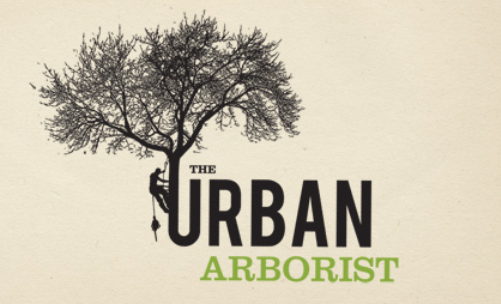The two day, no notice Ofsted inspection has been full throttle from start to finish. From the call, to staff briefing, to SLT meeting. It is an intense schedule for both the school and the inspectors, and preparing that schedule is a logistical task in itself. Even the simplest of procedural tasks presents a challenge, even the simplest of questions ‘where best to home them’ and ‘where to best to host the numerous’ meetings. Add to that have not even discussed the practical tasks;
- Staff photos and responsibilities
- Absent staff and supply teacher lessons, staff ‘issues’ for note
- Students required for meetings (2 low, middle and high taken from across Years 7, 8 and 9 and 2 low, middle and high from each Year, 10 and 11)*
- Staff briefing and introduction of inspectors
- Times and rooms for CORE Directors of Learning (in our case inc our specialism PE)
- Times and rooms for foundation Directors of Learning meetings
- Rooms to lesson observation debriefs
- Given our progress and achievement – the refined action plans and progress to date
- and so on and so…
and that list seemed almost inexorable. Yet, knowing what I know now, I can reflect and this that many of these tasks could possibly prepared well in advance. It might even be a criticism of my own leadership, that it was not already prepared, certainly points 1 and 3.
And was as far as I got on recording my Ofsted calling experience. From here on in, there was no spare time (and I am not exaggerating) in either of the two inspection day to take breath (before and beyond the school day for that matter). This is in part due to were we are as a school, as leadership team on our improvement trend, and that it was most important to be ‘fully present,’ to be leading from the front, for our students, for my SLT colleagues, for the teams I line manage and my teaching colleagues. As a result, I didn’t write my notes, I didn’t event get to publish the fact we were due to be inspected.
The list then, is what I will have in place and ready, revised each term, to be Ofsted ready. I would add to that list with the following markers;
- If the first place, or at the very least second place inspectors go to get their information is the schools website, make sure it is current. The are no excuses here. IMHO simply the site. Keep it clean.
- A concise self-evaluation and a summary of each SLT focus with grade
- Know who you are; analysed parent and carer surveys, staff training surveys and student learning surveys. Weave these into the day-to-day operations on parent and carer evening, staff training and department plans and curriculum delivery
- Know your data – use your RAISEonline data to predict the issues – have your action plan at hand. If you need to, prepare your case studies in advance and have ‘progress and achievement’ at the very forefront of your thinking. For us, the focus was very much on Y11 and expected outcomes. This may reflect our context however all good leaders know that
Society only grows great when old men plant trees whose shade they know they shall never sit in.
- Ofsted did not seem particular interested in our arborist efforts. The leadership effort we were putting into the lower school. If I had focused all my efforts on Y11, then I would not have considered myself a very effective leader? Can anyone offer comment?
 The afternoon preparation very quickly became the inspection. I accept and actually I support ‘no notice’ inspections, that SWM has said that Ofsted wants to see ‘schools as they really are in the corridors, classrooms and staff room.’ The reason for that stance is that an effective inspection should validate and triangulate a school’s self-evaluation processes, should it not. A schools leadership team should know its school and be able to communicate that view to the inspection team. What I would say is, that preparing the inspection, for the inspectors, is in itself a real team effort.
The afternoon preparation very quickly became the inspection. I accept and actually I support ‘no notice’ inspections, that SWM has said that Ofsted wants to see ‘schools as they really are in the corridors, classrooms and staff room.’ The reason for that stance is that an effective inspection should validate and triangulate a school’s self-evaluation processes, should it not. A schools leadership team should know its school and be able to communicate that view to the inspection team. What I would say is, that preparing the inspection, for the inspectors, is in itself a real team effort.
When I get time, I will write up the scraggling notes and emails I have on the two days.
[qr_code_display]


